Conentration Camps Bergen-Belsen, Auschwiwtz, and Dachau
At the end of The Diary of Anne Frank, the family gets taken and brought to different concentration camps. Only Otto Frank made it out of the concentration camp alive. The rest of the family died in the camps after being taken. During WWII these concentration camps were the main cause of death, with just one camp killing 1.1 million people.
During WWII, there were places called concentration camps. In these camps, the people were mainly Jews, but there were also Gypsies, physically or mentally disabled people, and Polish. There were three main differences between normal jails and concentration camps. One, men, women, and children were confined without normal trials, two, there was no definite release date, and three, authorities had unlimited power over prisoners.
There were different ways people died in different camps. In Bergen – Belsen, most people died from starvation and typhus. In Auschwitz, people died by suffocation in gas chambers, starvation, malnutrition, experiments, and overworking. In Dachau, people died from disease, they were worked to death, or they were shot to death.
In Bergen – Belsen, it was crowded and unsanitary. The prisoners woke up at 5:00 a.m. to be at roll call. They spent all day working, weren’t given any bedding or showers, and were given one cup of black coffee and one bowl of soup for the day when food was given out. Bergen – Belsen was liberated on April 15, 1945 by the British. The army climbed over the fence to get in but as soon as they got to the top, they were horrified and disgusted by what they saw. Most of the soldiers fell off the fences and vomited from the horrible stench of dead bodies decaying. But, they still got the people liberated and out of the camp. Even though some were free, a lot of people still died. Some died from diseases they obtained in the camp, but most died from eating too much food too soon. Their bodies were not used to having any food so all of the food they ate shocked their systems and they ended up dying anyway. The people who adjusted to the food still didn’t have it easy. They were permanently scarred and needed something to cheer them up. So the British army gave them musical instruments, and they held concerts for each other. Around the same time, a shipment of lipsticks was also sent to the camp. At first the army was upset because they needed medical supplies and they were given lipstick but when they gave them out they realized it was exactly what they needed. It made the women feel normal again and made everyone much more confident and happy.
Mass grave of women and children
The next camp in Auschwitz. Auschwitz was divided into three different camps. Auschwitz 1 was the base camp, Auschwitz 2 ( Birkenau) was the extermination camp, and Auschwitz 3 (Monowitz) was the labor camp. In Auschwitz most people died in the gas chamber, because it could hold 2000 victims at once. People were also experimented on. “Doctors” put chemicals in their bodies without their consent just to see their reaction. Since so many people died at Auschwitz they had a crematory going at all times. The camp had a sign on the front that said work sets you free but that was a lie. The leaders of Auschwitz heard that the Soviet Union was coming and before the army could get there the prisoners were evacuated and evidence was destroyed. Auschwitz was liberated on January 27, 1945 by the Soviet Union. The Soviet Union did release 7000 prisoners that were left behind.
Auschwitz sign that says work sets you free.
Dachau is the next concentration camp. This specific camp was the first one ever created. It was very similar to the other concentration camps. There was a lack of hygiene, a lack of medical care, poor nutrition, and a sickness epidemic. America freed Dachau on April 20, 1945 and it was also similar to the other two. The army was sickened by the awful stench and the thought of someone that evil existed.
The armies that liberated the concentration camps were also permanently scared. What they saw was nauseating, horrifying, and haunting for experienced war veterans. One soldier said, “They were crowding together, reaching through the fences, wanting to touch us. They looked like the walking dead, like they were too frail to stand or reach or even smile. Yet, in their parched voices, we heard jubilation, and in their sunken eyes we saw the joyful glimmers of resurrected hope.’’
Gypsy woman with typhus waiting for medication.
The relation to Anne Frank is extremely strong. For one, the whole entire reason the family was hiding was to not be put into one of these camps. But, the even stronger connection is that everyone that was hiding up with Anne besides her father died in a concentration camp. Anne Frank and her sister died of typhus in Bergen- Belson.
The significance of this topic is obvious for multiple reasons. When the word got out about the camps the world was flipped upside down and inside out. No one could believe that something like this happened. The horror experience brought people and countries together.

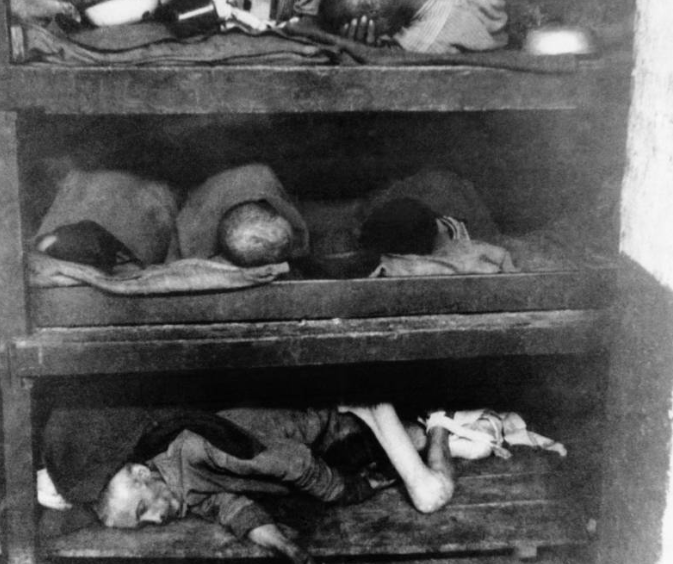
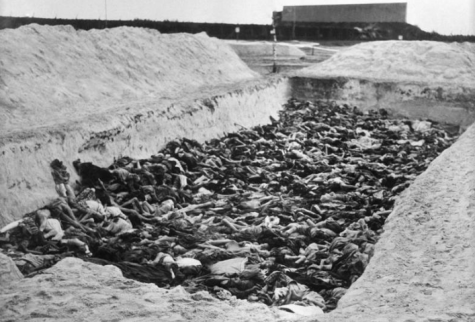
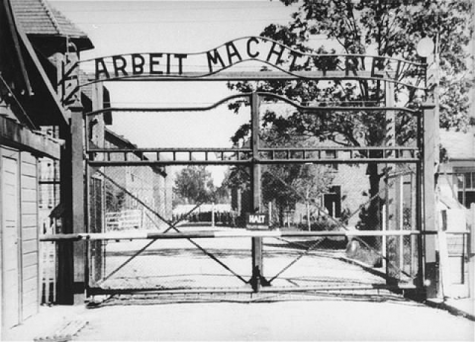
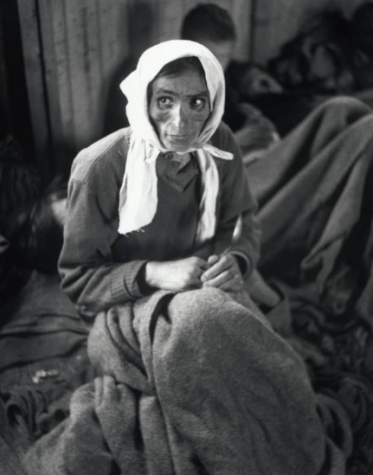

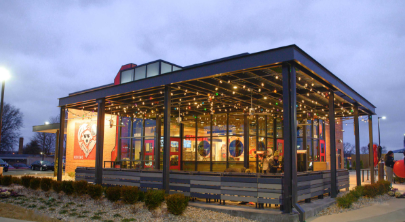


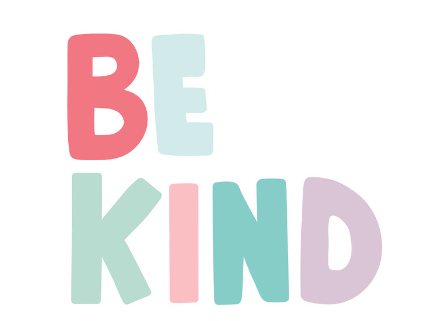
Conner Shedron • Mar 12, 2020 at 2:31 pm
Great Article! I liked how you really express how bad there life was.And how bad they were treated its so sad.Great job
Lyndsey Norwood • Mar 12, 2020 at 11:56 am
Wonderful writing! I understand this topic was difficult for you and you persevered so well! I love how you positioned the pictures and the overall layout of the article in general. I can tell you worked extremely hard on this. Good Job!!
Bonnie J. Bergstrom • Mar 7, 2020 at 3:28 pm
How bizarre ! I just googled Lewis Cass WWII photographer and ran across this article. I’m researching the military cameraman that took the first pictures of the Dachau concentration camp during the first day of its liberation. His name was Lewis Cass !
Darlynn Norwood • Mar 5, 2020 at 3:43 pm
Very good article Abbey. When I lived in Germany I visited Dachau and the feelings you get from just being there are very sad and haunting. It was a very devastating time in our world but when we continue to remember and learn from the past that is the best way to right past wrongs. Good Job Girl!